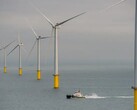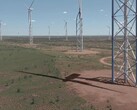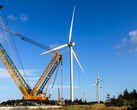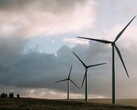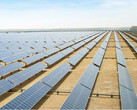Ørsted announced the installation of the final turbine at the Borkum Riffgrund 3 offshore wind farm, the largest of this technology in Germany to date with 913 megawatts (MW). Despite this achievement, Ørsted faces delays in connecting the wind farm to Germany's power grid.
The farm requires the DolWin5 offshore grid connection, managed by transmission operator TenneT, to deliver the energy; however it is not expected to be operational until December 2025, according to what the operator has communicated.
Supply chain disruptions during the Covid pandemic, particularly impacting steel and welding work on the DolWin epsilon offshore platform, have postponed the timeline. Ørsted now anticipates Borkum Riffgrund 3’s commercial operation to begin in early 2026, with compensation from TenneT for the delays.
"This project is a testament to our commitment to offshore wind energy and decarbonization," said Jörg Kubitza, Managing Director of Ørsted in Germany.
However, the delay in grid connection presents challenges for realizing the immediate benefits of this groundbreaking project.
The wind farm operates on a unique business model with long-term corporate power purchase agreements (CPPAs), where 786 MW of the capacity is contracted by companies like Amazon, BASF, Covestro, and Google. This model, a first for offshore wind in Germany, ensures price security for both Ørsted and its industrial partners.
The wind farm sets a precedent as the first unsubsidized offshore wind project globally, achieved through CPPAs. Once operational, it is expected to supply power equivalent to the needs of 2.5 million households in Germany.
As the project awaits its connection to the grid, Ørsted continues its parallel developments with the Gode Wind 3 offshore wind farm, nearing its commercial commissioning. Together, these projects nearly double Ørsted’s offshore wind capacity in Germany to 2.5 gigawatts (GW).





